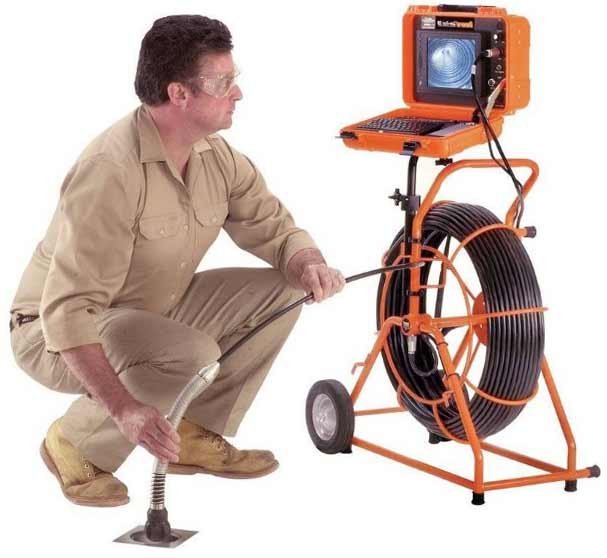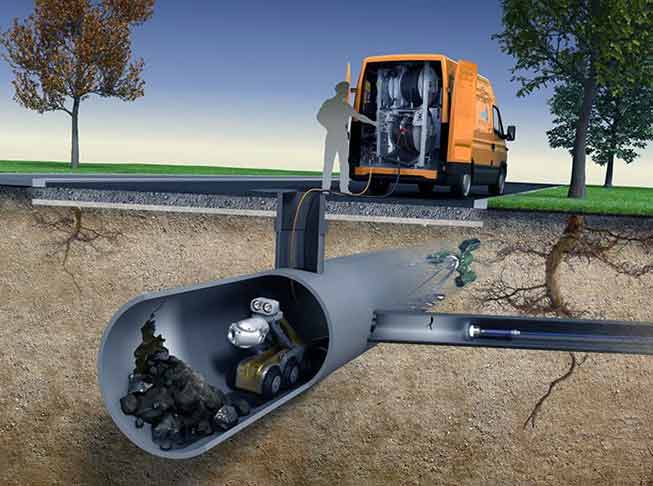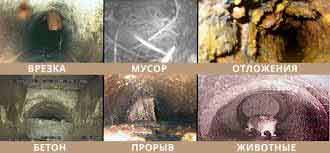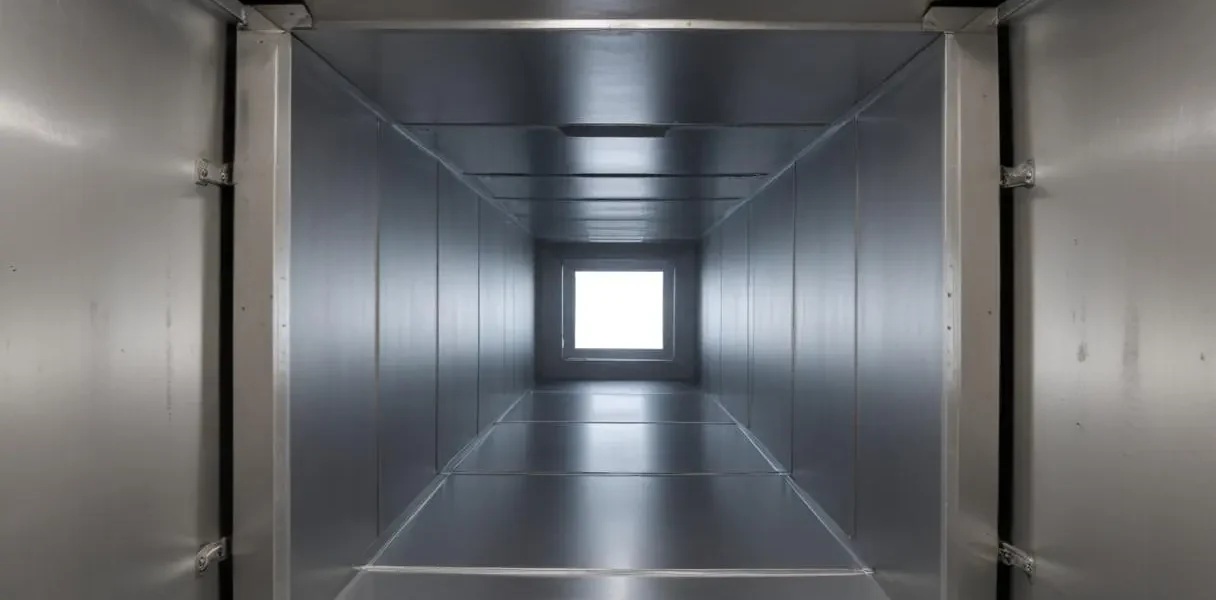Nowadays it is possible to make a visual inspection of the ventilation system using a video robot, such service is offered by Aercaste company in Nikolaev, Kherson, Odessa and other cities of Ukraine. Such inspection of ventilation and sewage systems can rightly be called one of the most important techniques to develop evidence of the need for disinfection and cleaning of these systems. In addition, the entire inspection process is recorded, so the customer does not have to be present at the inspection of these systems.
Video sewer diagnostics.
Our company Aercaste, wishing to significantly increase the level of efficiency of our services, has adopted the most modern and innovative technical devices to fulfill its obligations. One of the most recent innovations is the video diagnostics of sewer pipes. Using this technology of inspection of the pipeline gives experts to detect the problem and assess its complexity, as well as to make the right decision to fix it, without disassembly of the entire system of piping. This method has a special relevance in case of emergency when time is limited. Because this method allows not only to avoid disassembly of the entire system, but also to save time.
At the moment, video diagnosis is necessary for:
- Accidents or emergencies during the use of the pipeline;
- Commissioning of new or rehabilitated sections of sewer networks;
- Locating manholes;
- Obtaining information on external and internal sewer lines;
- Deciding on future maintenance;
- Probing the general condition of sewer sections;
- Drawing up diagrams of utilities;
- Surveying;
- Drawing of technical conclusions.
However, there are also recommendations to perform this procedure for preventive purposes – once every six months to a year, depending on the intensity of operation. Preventive video diagnostics allows you to detect a problem in the pipeline at the initial stage and quickly fix it.
How video diagnostics of sewer pipes, as well as diagnostics of ventilation systems takes place.
This diagnostic method uses a special video device consisting of a hose equipped with a flashlight and a small video camera with a monitor on the other end. At the moment it is possible to examine pipes of different diameters to a depth of up to thirty meters. The camera on the hose moves inside the pipe and transmits the picture online to the monitor. It is also possible to place the camera on the robot to examine quite wide pipes; we use this method for diagnosing ventilation systems. Currently, there are two types of systems for this diagnosis:

Push-through. These systems have a connection to the operator’s station in the form of a semi-rigid hose. Such systems are used for pipes with a small diameter, where it is impossible to use a robot;

Robotic systems. These systems are used for large-diameter pipes and are much more convenient to use. With this system, the camera is attached to a robot on wheels, which is controlled by the operator from his station via a special cable.
What does video diagnosis of pipes give.
During this examination, professionals are able to inspect the pipes in more detail in real time. Based on the data obtained, professionals can easily locate the most vulnerable areas of the pipeline. This applies to various freezes, problems with joints or illegal taps. Generally speaking any defect is no longer a mystery prior to the emergency situation, as it was before such technologies were available. Besides, application of video technologies allows to establish more accurately the terms necessary for overhaul.

Among other things, with the help of video equipment it is possible to know exactly where the pipeline goes and to what depth, what the nature of the effluent is, and it is also possible to find wells that were previously thought to be lost. It also becomes possible to give a clear assessment of the previously performed cleaning works and other preventive measures, as well as the entire pipeline system in general.
Today, this method of diagnosis is practically the fastest and most effective, which at the same time does not require a great deal of expense, to find various problems in the pipeline. The reason for these minimal costs is that no excavation is required for the diagnostic work, but it is possible to determine the exact location where the excavation will become necessary for the subsequent repair work.
In addition, this technology has made it possible to make an error-free decision regarding the need for cleaning and other maintenance work on the pipeline.

